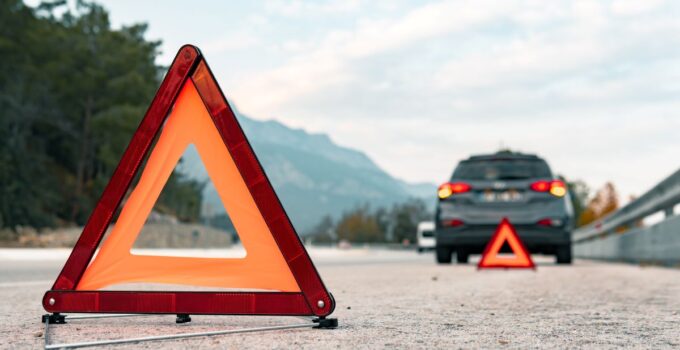Owning a car can be great, but sometimes it’s time to part ways with your old ride. Here are 17 clear signs that it’s time to ditch your car and move on.
1. Frequent Breakdowns
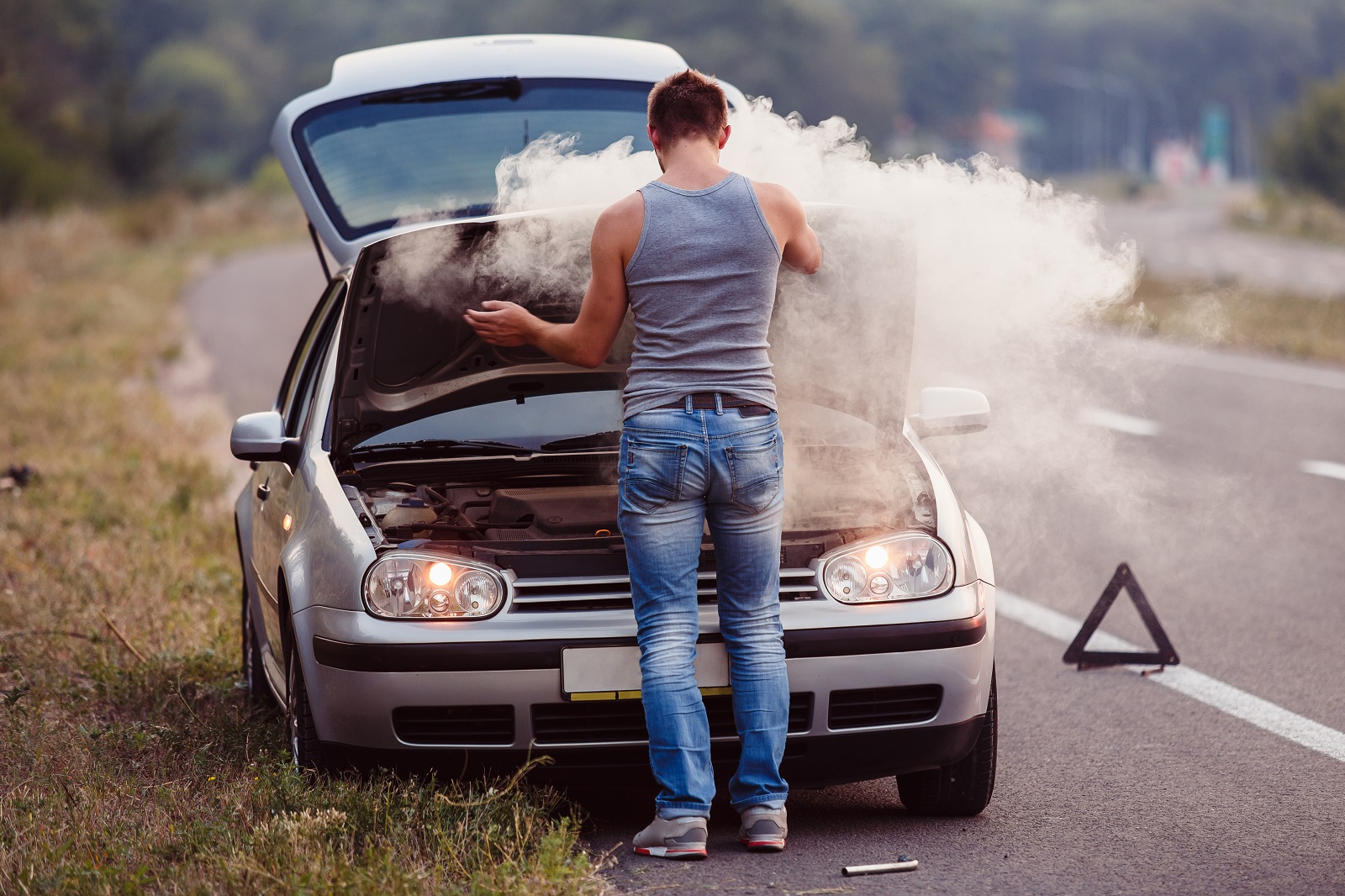
Image Credit: Shutterstock / Goncharov_Artem
If your car is breaking down more often than it’s running smoothly, it’s a clear sign that it’s on its last legs. According to AAA, the average car owner spends around $500 annually on unexpected repairs, but if you’re spending significantly more, it might be time to move on.
2. Rising Repair Costs

Image Credit: Shutterstock / Ground Picture
When the cost of repairing your car exceeds its market value, it’s no longer financially wise to keep it. Kelley Blue Book advises that if a repair bill is more than half of your car’s current value, it’s time to consider replacing it.
3. Decreasing Fuel Efficiency
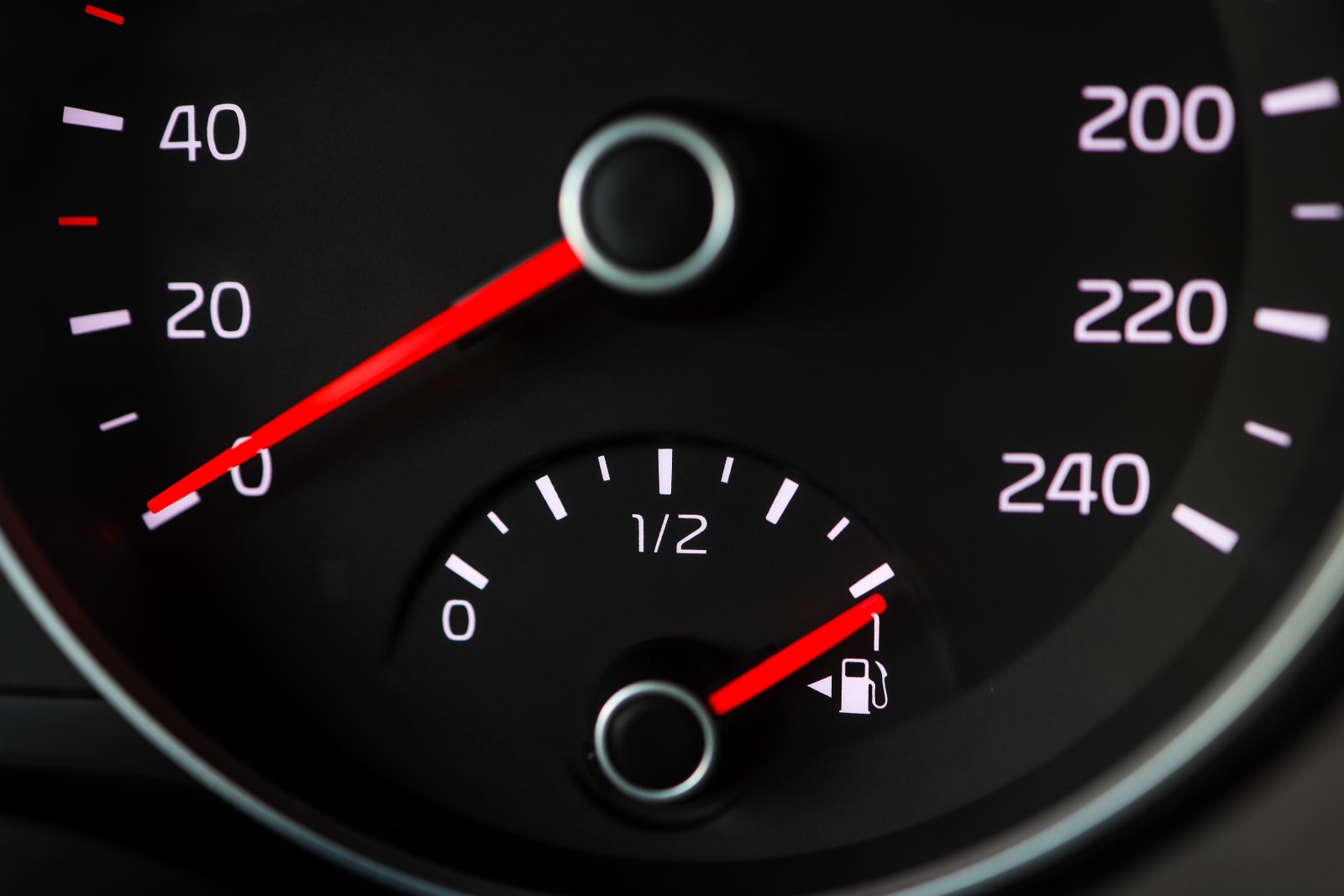
Image Credit: Shutterstock / shine.graphics
A noticeable drop in fuel efficiency is a sign that your car’s engine is wearing out. If you’re spending more at the pump and getting less mileage, it could indicate engine issues that are expensive to fix, making a new car a better option.
4. Failing Safety Features
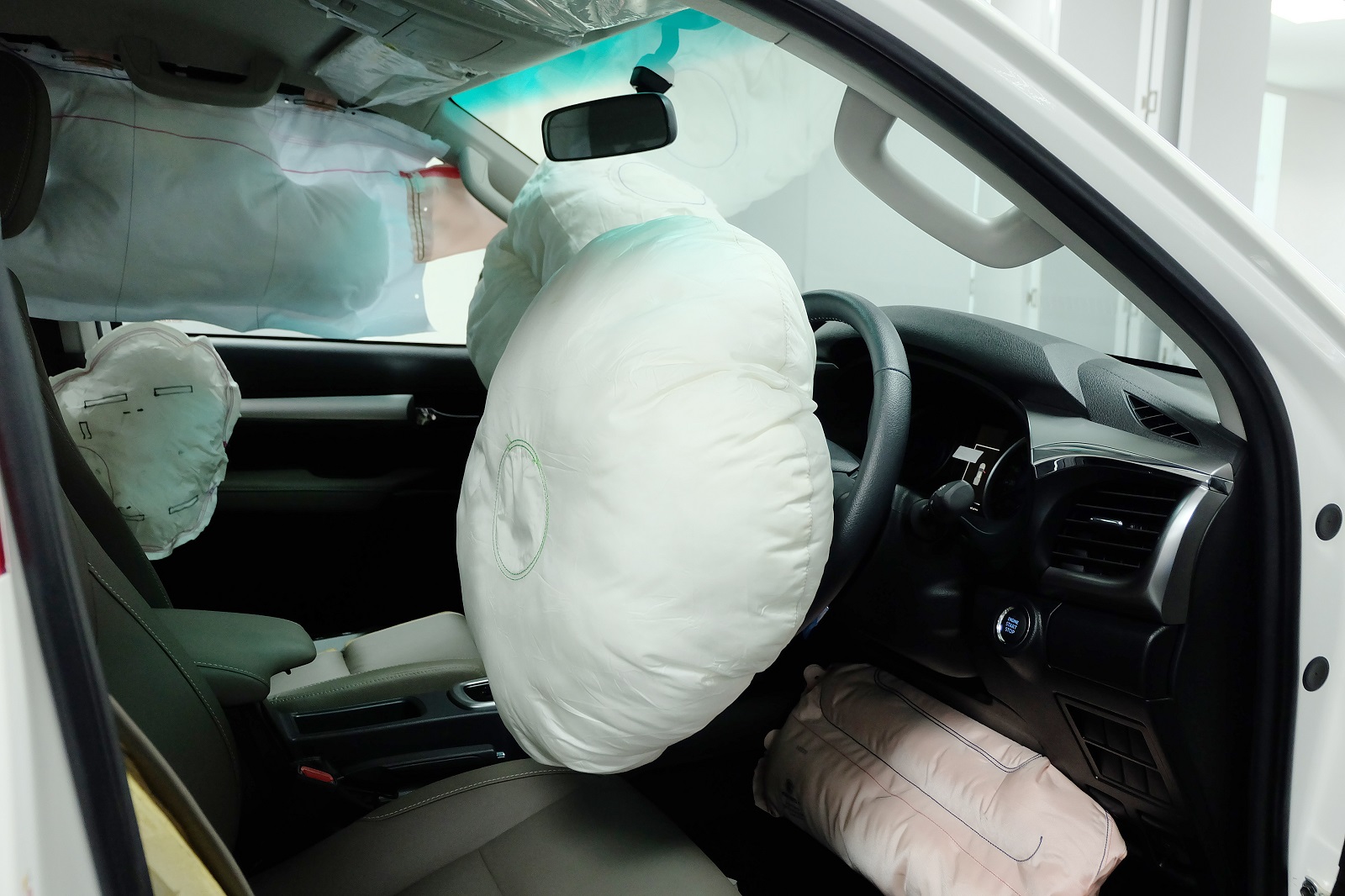
Image Credit: Shutterstock / Attapon Thana
Your car’s safety features are non-negotiable. If critical systems like brakes, airbags, or traction control are malfunctioning, it’s not worth the risk to continue driving it. Modern cars come with advanced safety technologies that can provide much better protection.
5. Unusual Noises
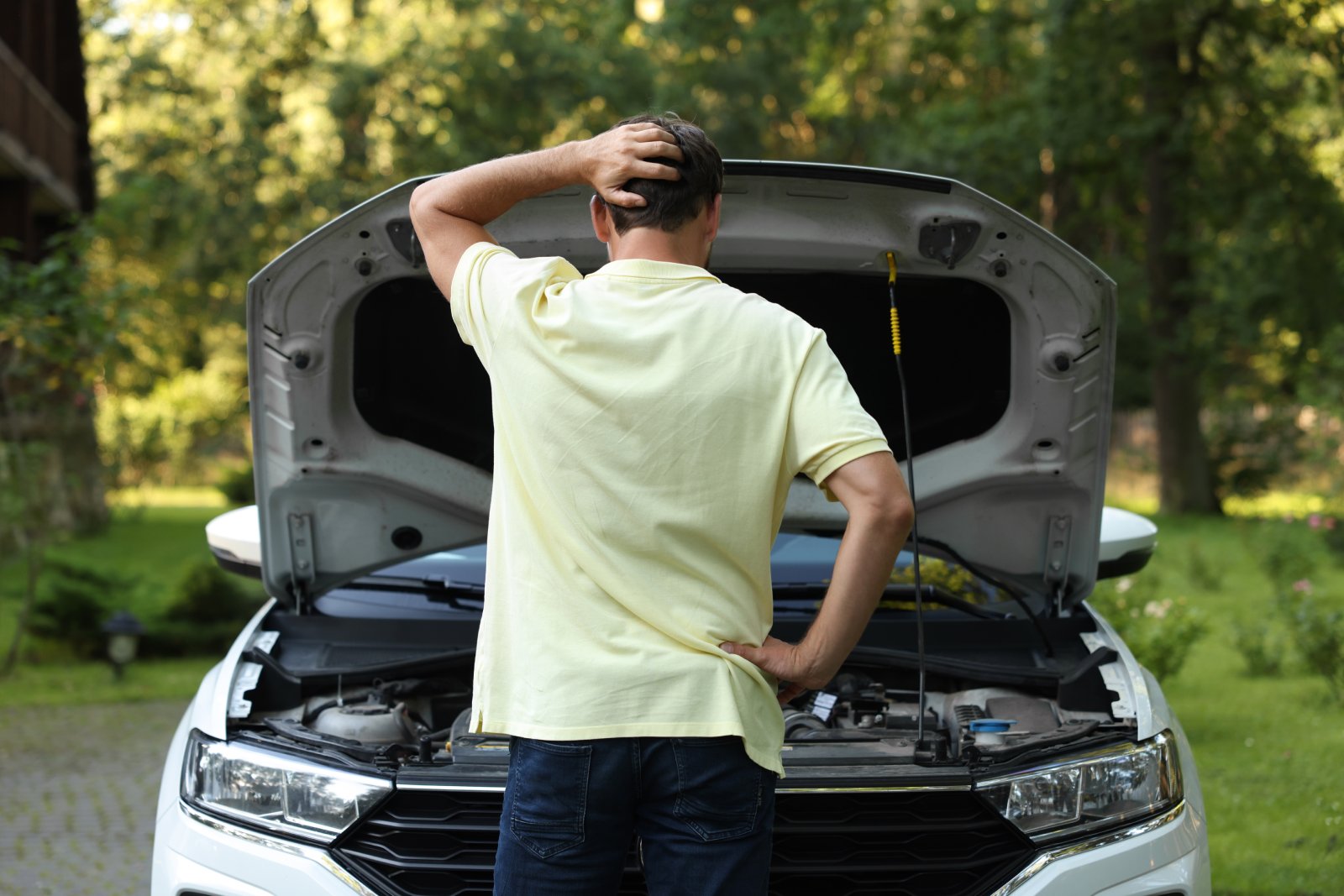
Image Credit: Shutterstock / New Africa
Strange sounds like grinding, knocking, or squealing often indicate serious problems under the hood. Persistent noises can signal issues with the transmission, engine, or suspension—repairs that can be costly and may not be worth it in an older car.
6. Rust and Corrosion

Image Credit: Shutterstock / Yanya
Rust isn’t just an aesthetic issue; it can lead to structural damage and safety concerns. According to Consumer Reports, extensive rust on the body or frame of the car can compromise its integrity, making it dangerous to drive.
7. Electrical Problems
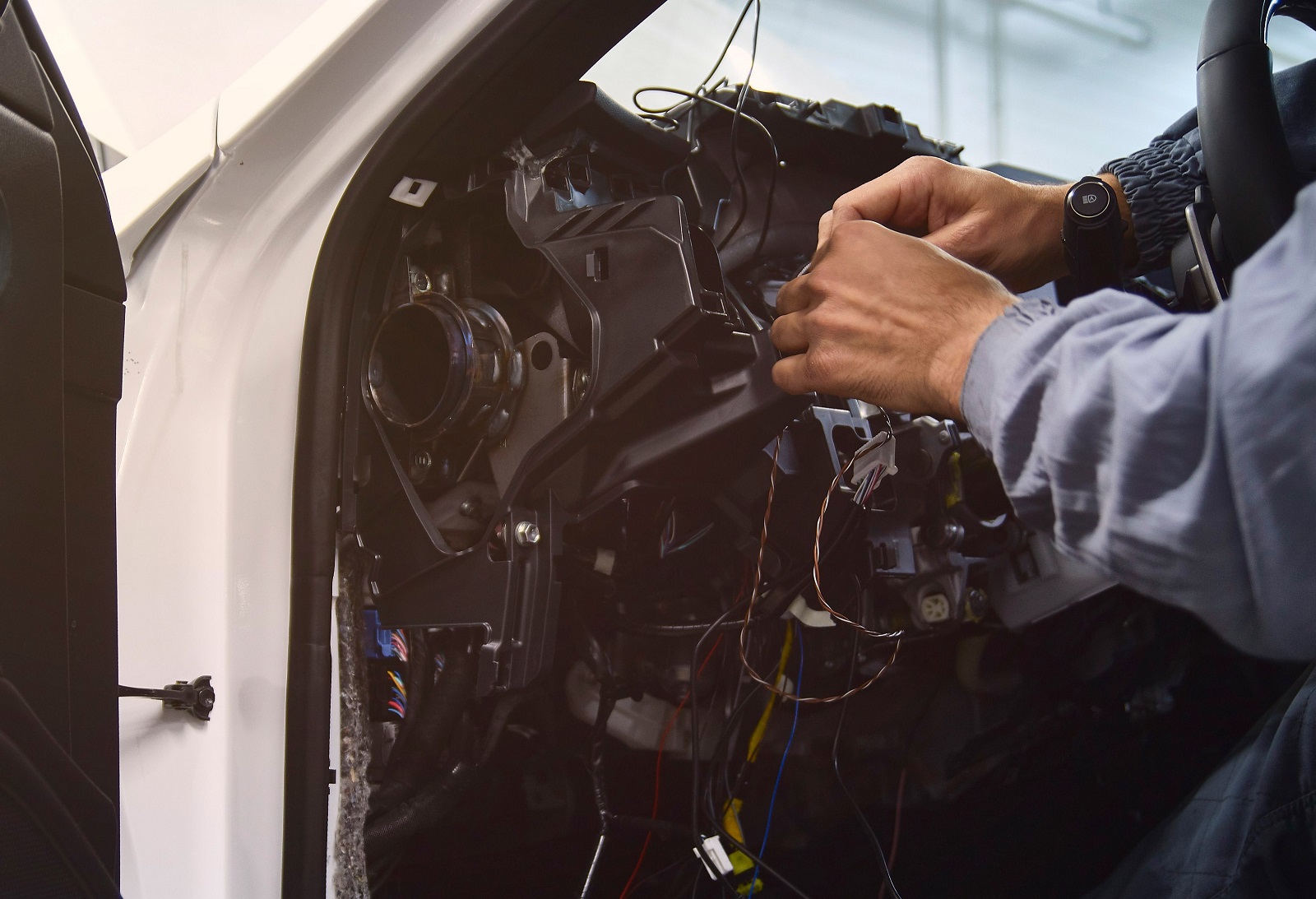
Image Credit: Shutterstock / Aleksandr Gavrilychev
Electrical issues can be tricky and expensive to diagnose and fix. If your car’s electronics, like the windows, locks, or dashboard lights, are constantly malfunctioning, it might be time to upgrade to a more reliable vehicle.
8. Failed Emissions Test
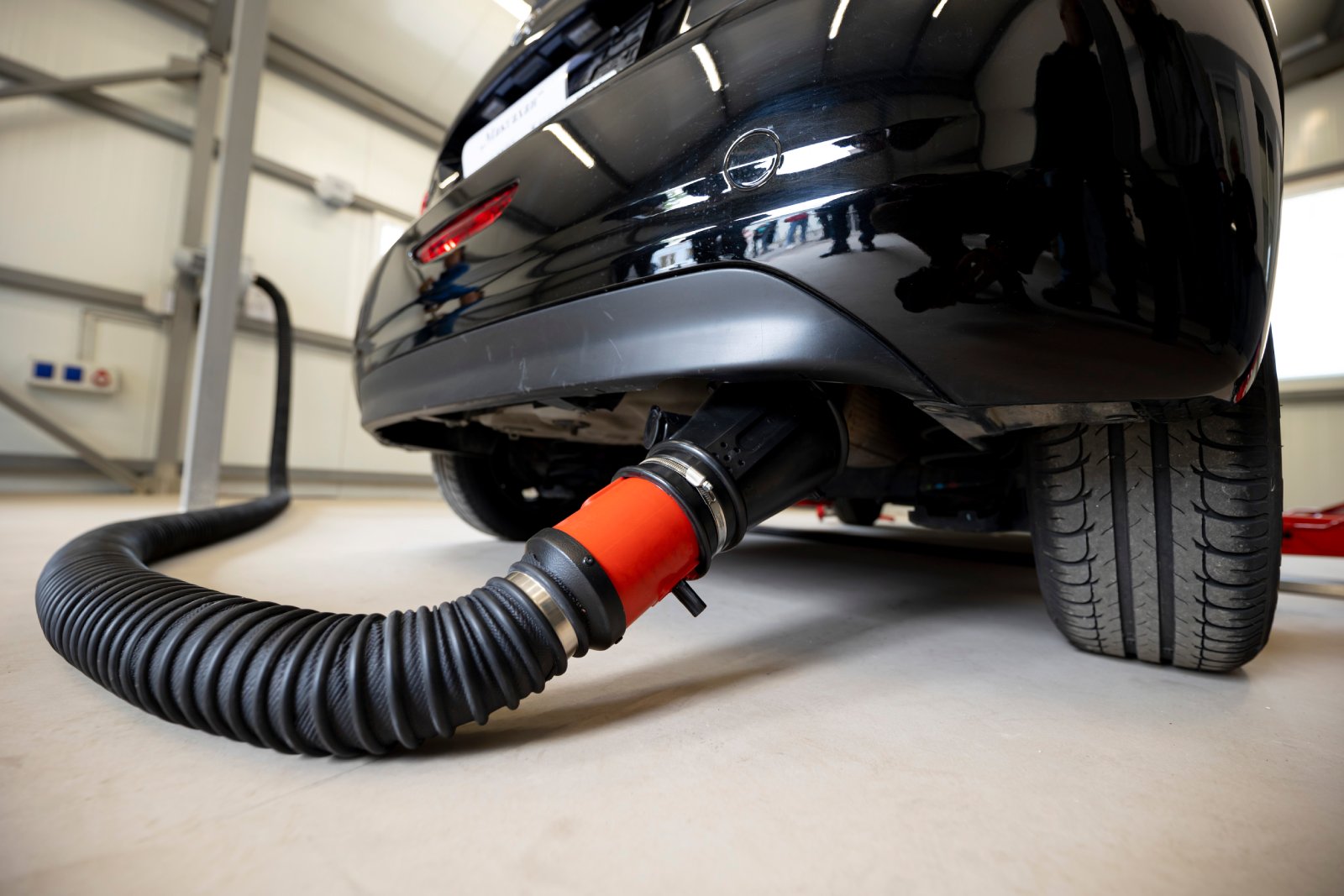
Image Credit: Shutterstock / Belish
Failing an emissions test is a sign that your car’s engine and exhaust system are no longer performing efficiently. Repairing these issues can be expensive, and if your car fails repeatedly, it’s likely time to replace it with a more environmentally friendly option.
9. High Mileage

Image Credit: Shutterstock / david olivera
While high mileage alone isn’t a reason to ditch your car, it does indicate that your vehicle is nearing the end of its lifespan. According to Edmunds, most cars start experiencing significant mechanical issues after the 150,000-mile mark, making maintenance more expensive.
10. Outdated Technology
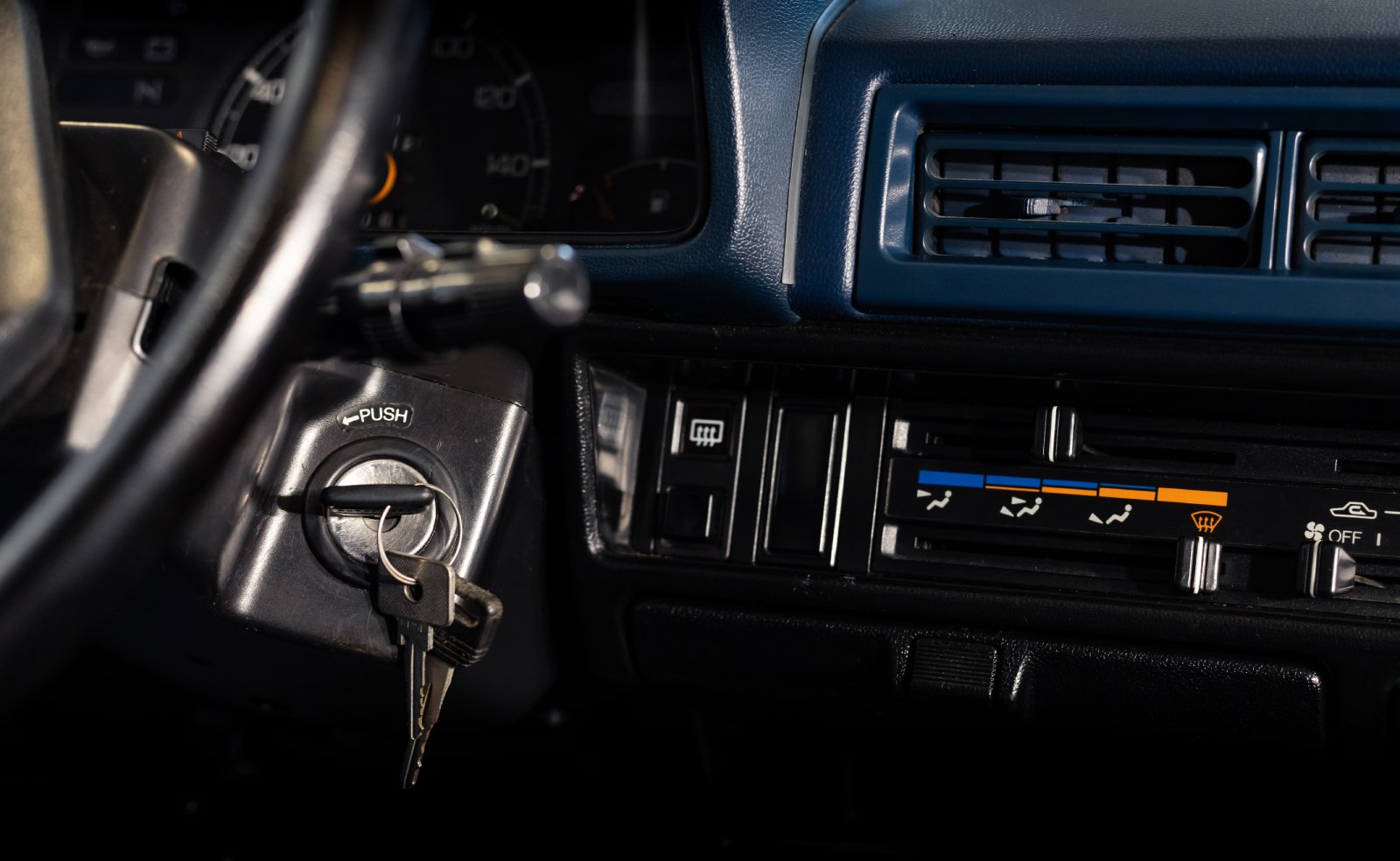
Image Credit: Shutterstock / Skatty
If your car lacks modern conveniences like Bluetooth, navigation, or a backup camera, you might find it less enjoyable and less safe to drive. Upgrading to a newer car with updated technology can improve both your driving experience and safety.
11. Difficulty Starting

Image Credit: Shutterstock / Pavel Gulea
Consistently having trouble starting your car can be a sign of serious engine or electrical problems. If your car is leaving you stranded, it’s time to consider the reliability of a new vehicle.
12. Expensive Insurance
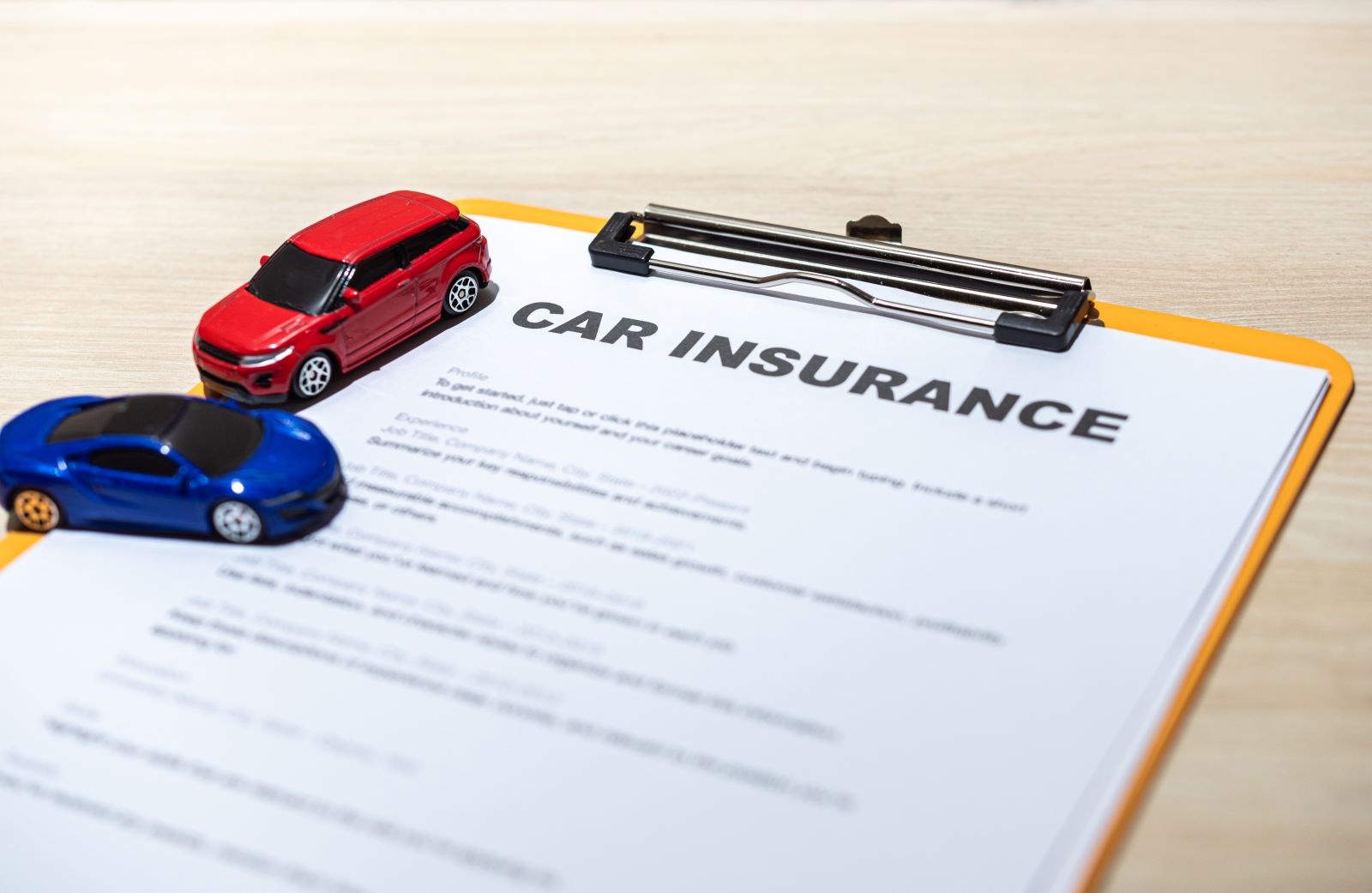
Image Credit: Shutterstock / khunkornStudio
Insurance costs can rise as cars age, especially if the vehicle lacks modern safety features. If you notice your insurance premiums increasing significantly, investing in a newer car with better safety ratings might be cheaper in the long run.
13. Loss of Comfort
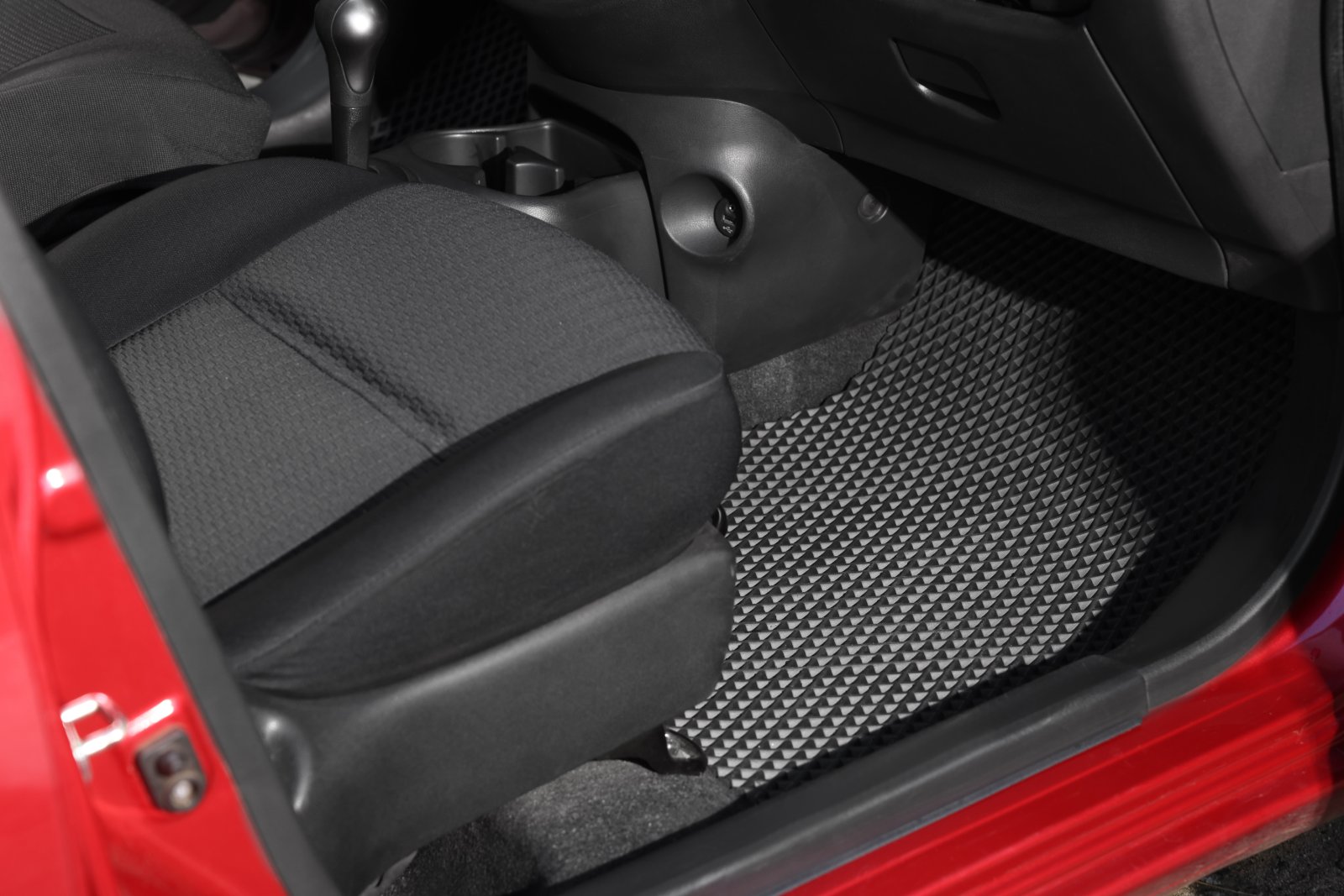
Image Credit: Shutterstock / New Africa
Aging cars can lose their comfort as seats wear out, air conditioning systems fail, and ride quality diminishes. If driving your car is becoming more of a chore than a pleasure, it might be time for an upgrade.
14. Persistent Dashboard Warning Lights
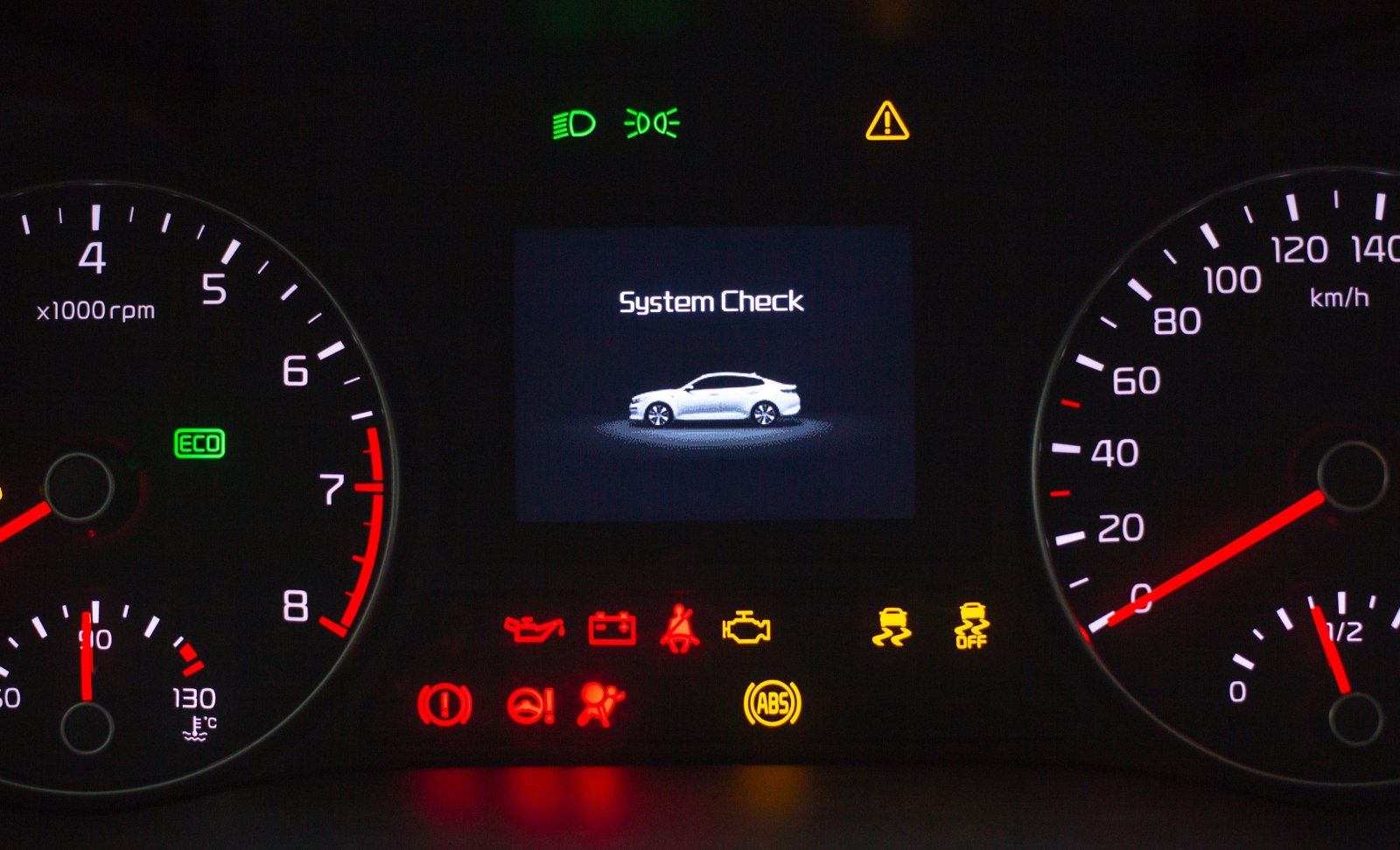
Image Credit: Shutterstock / Pavel Shlykov
If your dashboard is lit like a Christmas tree with warning lights that don’t go away, it’s a sign that your car has multiple underlying issues. While some might indicate minor problems, persistent lights can suggest more serious and costly repairs.
15. Leaks
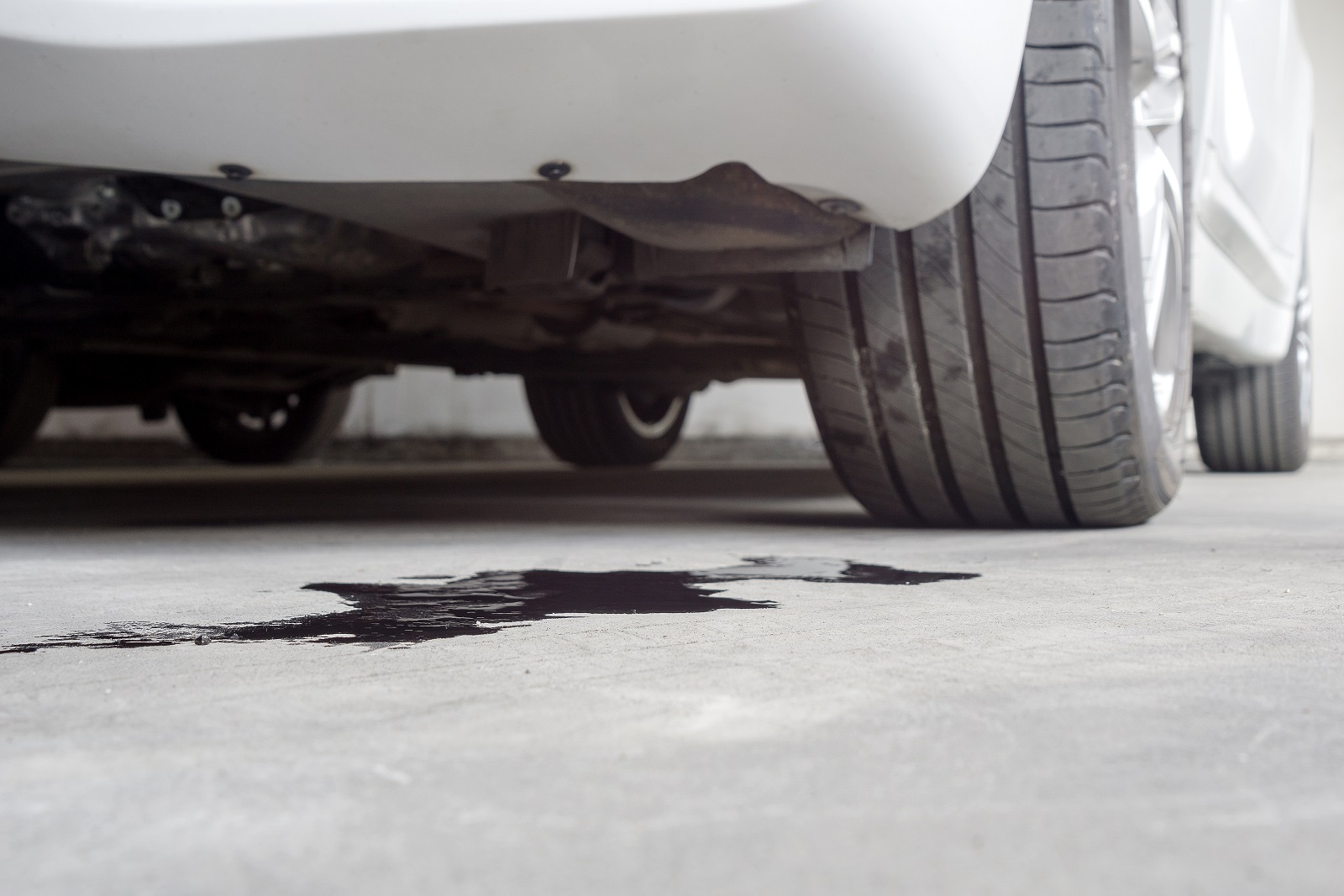
Image Credit: Shutterstock / Smile Fight
Oil, coolant, and transmission fluid leaks are signs of aging seals and gaskets. These leaks can lead to more severe engine problems if not addressed, and repairing them can be expensive, making it more practical to replace the car.
16. You’re Spending Too Much Time at the Mechanic
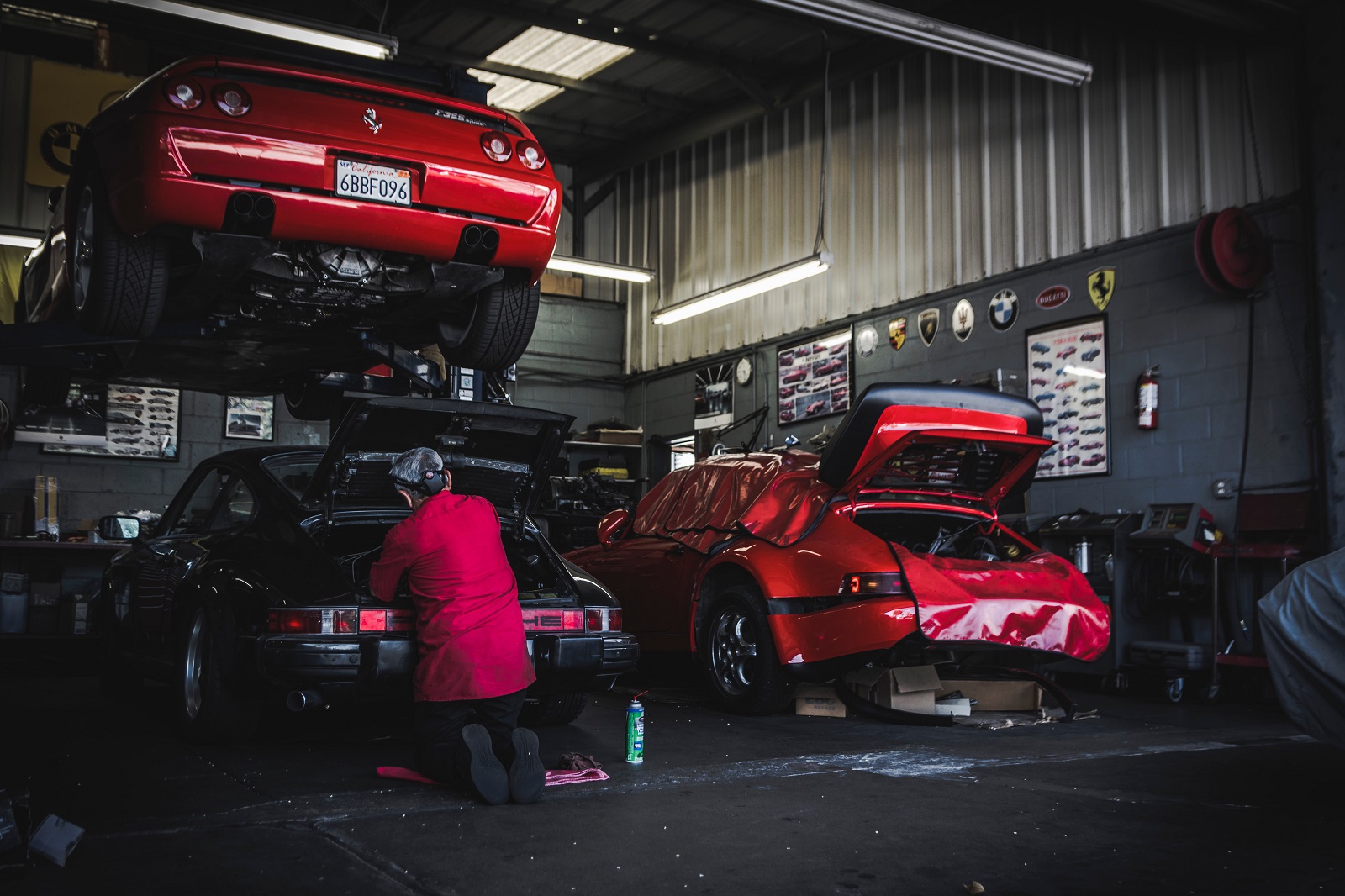
Image Credit: Shutterstock / Johnnie Rik
If you’re on a first-name basis with your mechanic because you’re visiting too often, it’s a clear sign that your car is becoming more trouble than it’s worth. Constant repairs drain both your wallet and your time.
17. You’ve Outgrown the Car

Image Credit: Shutterstock / Jelena Zelen
Sometimes, your needs change. Whether you need more space for a growing family or better fuel efficiency for a longer commute, if your car no longer suits your lifestyle, it’s time to move on.
Time for a Change?

Image Credit: Shutterstock / Hryshchyshen Serhii
Cars aren’t meant to last forever, and holding on to an aging vehicle can sometimes cost more than it’s worth. If you recognize several of these signs in your car, it might be time to shop for a replacement that fits your needs better.
Police Magnet: 7 Cars That Guarantee You’ll Get Pulled Over
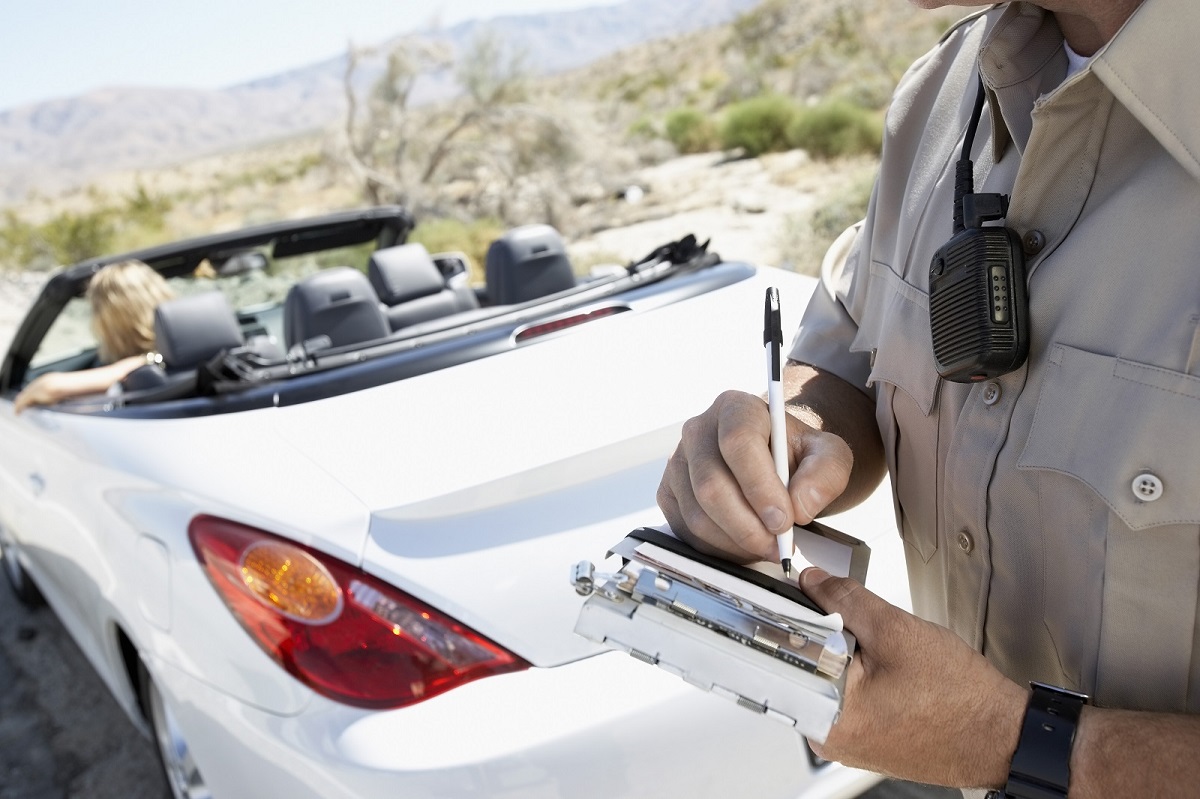
Image Credit: Shutterstock / sirtravelalot
Driving certain cars can make you more noticeable to law enforcement, even if you’re abiding by all the rules. Are you driving one of these “police magnets”? Here are seven cars that seem to attract more police attention than others. Police Magnet: 7 Cars That Guarantee You’ll Get Pulled Over
The Classic Cars That Were Total Clunkers
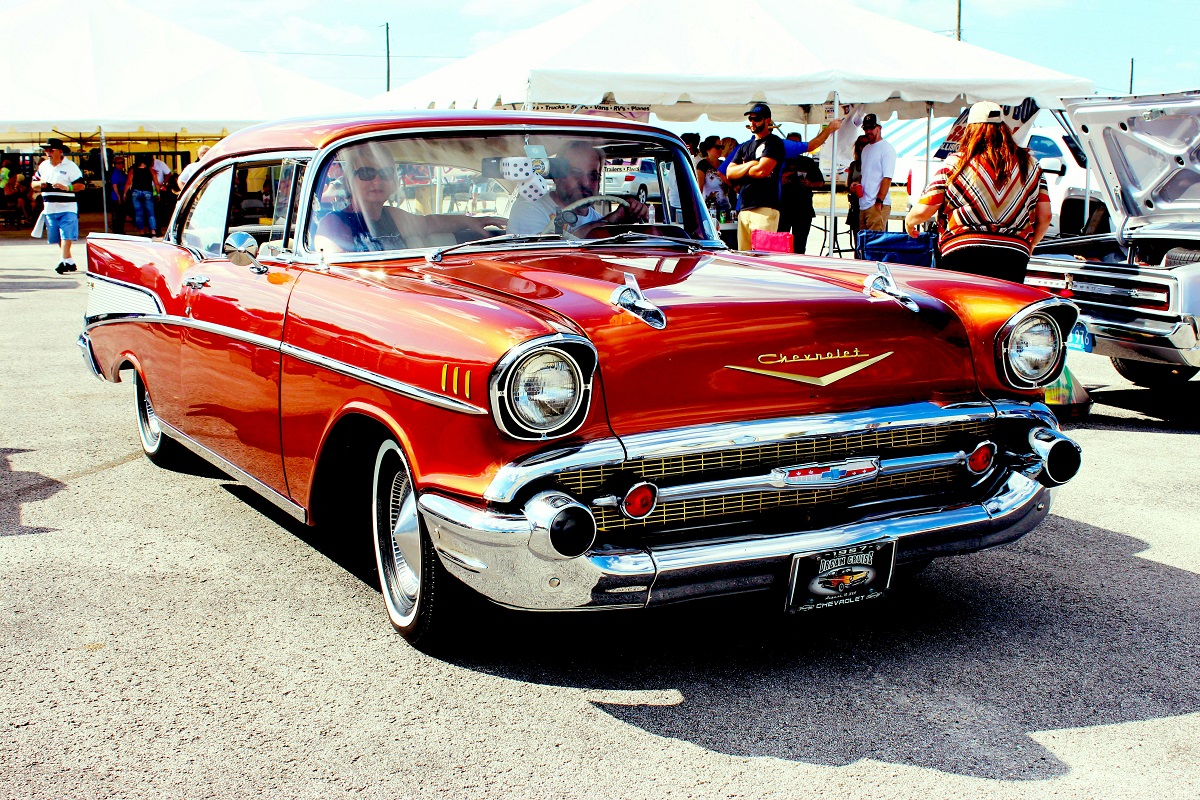
Image Credit: Pexels / Pixabay
Nostalgia has a funny way of making the past seem better than it was, especially when it comes to cars. But here’s the hard truth: some of those “classic” cars your dad raves about were real clunkers. Here’s a closer look at why some of those so-called “classics” weren’t all they were cracked up to be. The Classic Cars That Were Total Clunkers
The Worst U.S. Cars Ever Made: A Retro List
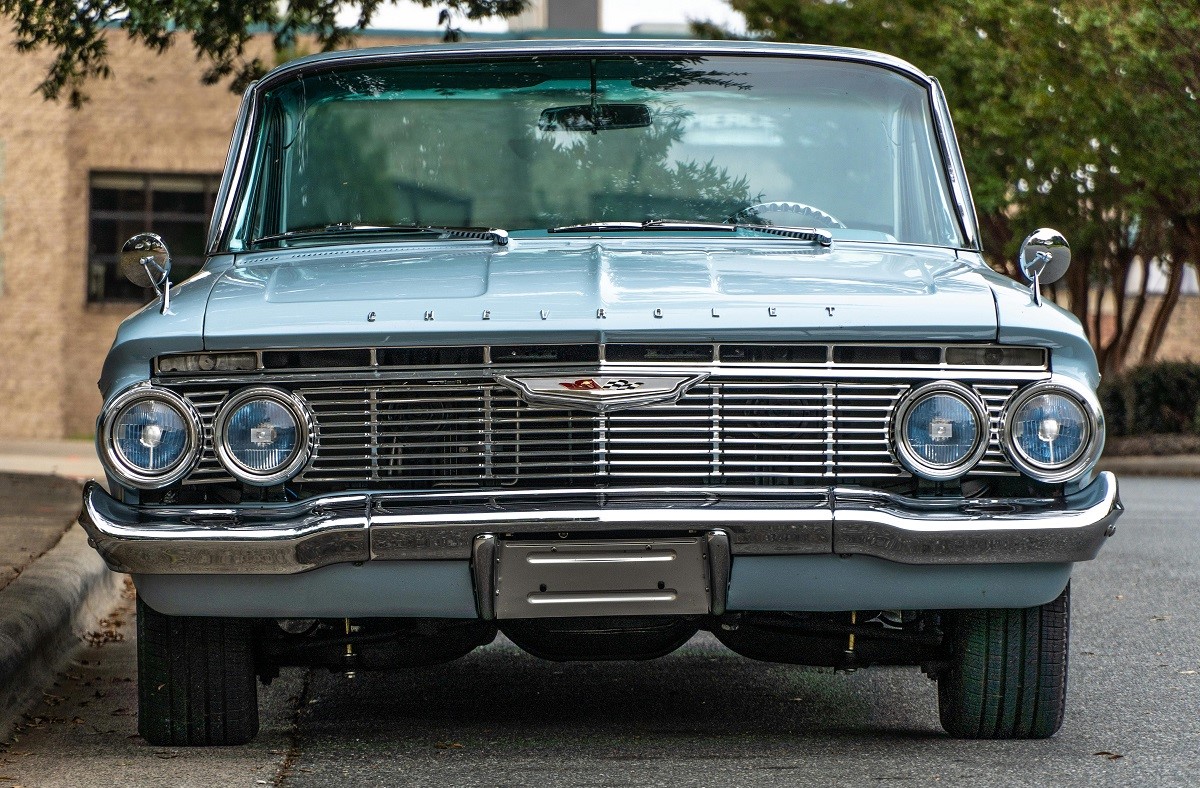
Image Credit: Pexels / Be The Observer
The U.S. auto industry has produced some incredible vehicles, but not every model was a hit. Here’s a look back at 16 of the worst cars ever made in the U.S., each infamous for its own unique flaws. The Worst U.S. Cars Ever Made: A Retro List
Featured Image Credit: Shutterstock / platinumArt.
The content of this article is for informational purposes only and does not constitute or replace professional advice.
For transparency, this content was partly developed with AI assistance and carefully curated by an experienced editor to be informative and ensure accuracy.
The images used are for illustrative purposes only and may not represent the actual people or places mentioned in the article.
